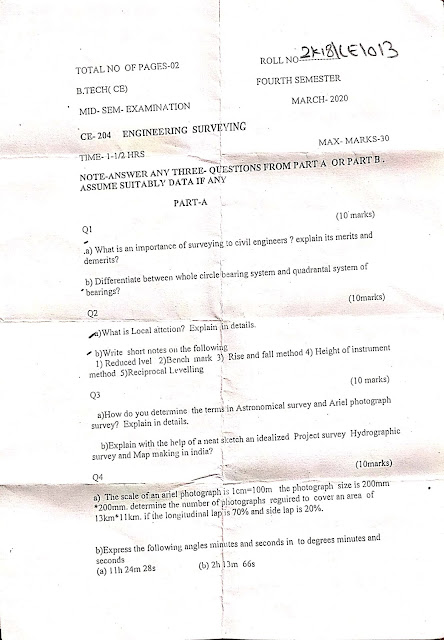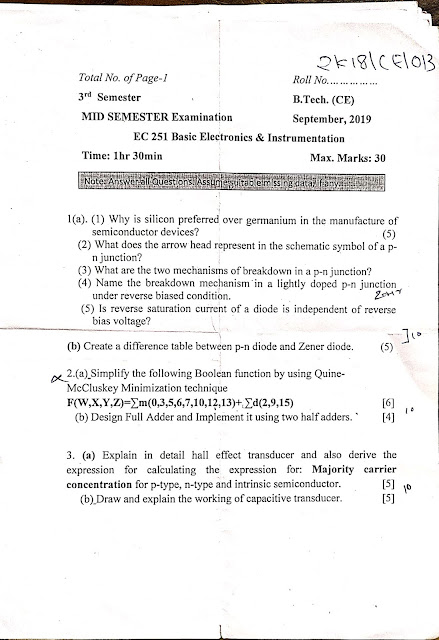TYPES OF SANDS.
Coral sand
“Coral sand” has several meanings. Find out what it really is.
Coral sand is generally light-colored sand (or gravel) which is mostly composed of calcareous fragments of biogenic origin. The term “coral sand” is pretty loosely defined and understood in several different ways.
Volcanic sand
Volcanically active regions have their own unique type of generally dark-colored sand with a characteristic mineral assemblage.
Sand samples of volcanic origin are of two dominant types: clastic detritus eroded from a volcanic terrain and products of explosive volcanic eruptions (pyroclastic sediments, also known as tephra). The first group of volcanic sand is similar to most other types of sand in terms of genesis. However, they generally have different composition from the so-called normal continental quartz-rich sand
Olivine sand
Olivine is very unstable in the weathering environment. Still, it is surprisingly common sand mineral in some regions and sometimes makes up major part of the sand.
Sand composed almost exclusively of olivine grains is rare. Olivine is a common rock-forming mineral of certain igneous rocks but it is very unstable under the atmospheric conditions and will therefore decay quickly. The most famous example of olivine sand is Papakolea Beach near the southern tip of Hawaii Island
Biogenic sand
Sand may be composed entirely of tiny skeletons — sea shells, corals, forams, etc.
Biogenic sand is composed of exoskeleton or bone fragments of dead sea (usually) creatures. This sand is widespread in low latitude (less than 35°) beaches. There are many different organisms that can contribute to the formation of this sand type and therefore one biogenic sand may greatly differ from another.
Quartz sand
Quartz is the most common sand forming mineral. This sand type consists little else than this mineral.
Quartz is the most important sand-forming mineral and occurs in very many sand types but usually not exclusively. In this sand type (which is aptly named quartz sand), quartz is almost the sole component of sand. Similar sandstones are called quartz arenites or orthoquartzites.
Silica sand
Silica sand is almost pure quartz.
Silica or silicon dioxide (SiO2) is a chemical compound consisting of one silicon and two oxygen atoms. Quartz is a common mineral with the same chemical composition but quartz and silica are not synonyms. Specific minerals always have a definite crystal structure while chemical compounds have no such restriction — just like every piece of carbon is not a diamond. Quartz is made of silica but so are also cristobalite, tridymite and few other minerals (polymorphs of silica). They are collectively referred to as silica minerals.
Some beautiful beaches are made of silica sand. Beach of Siesta Key in Florida is especially famous for its white sand.
Black sand
There are two types of black sand.
The realm of black sands can be broadly divided into two parts, both of them having subdivisions. The most widespread type of black sand is composed of volcanic minerals and lava fragments. Such sands are especially common on the coasts of volcanic islands (Hawai’i, the Canary Islands, the Aleutians, etc.).
Black sand beaches are black because many volcanic minerals and rocks are dark-colored. Common rock types of volcanic islands are basalt (black when fresh), andesite (usually dark gray) and volcanic glass (often black in color). The minerals that give black color to these rocks are predominantly pyroxenes (mostly augite), amphiboles (mostly hornblende) and iron oxides (mostly magnetite). Such sands are heavier than ‘normal’ light-colored sands and become very hot on a sunny day. Dark color and heavyness are both caused by high iron content. Iron gives black color to most minerals because it absorbs light very well and it is also heavy.
Desert Sand
Dune sand is generally very well-sorted. It means that all the sand grains are roughly the same size. There is almost no dust. It is blown away and deposited elsewhere, possibly as a loess deposit far away from the source area. There are also no gravel or boulders because wind is not capable of carrying such a heavy load.












Comments
Post a Comment